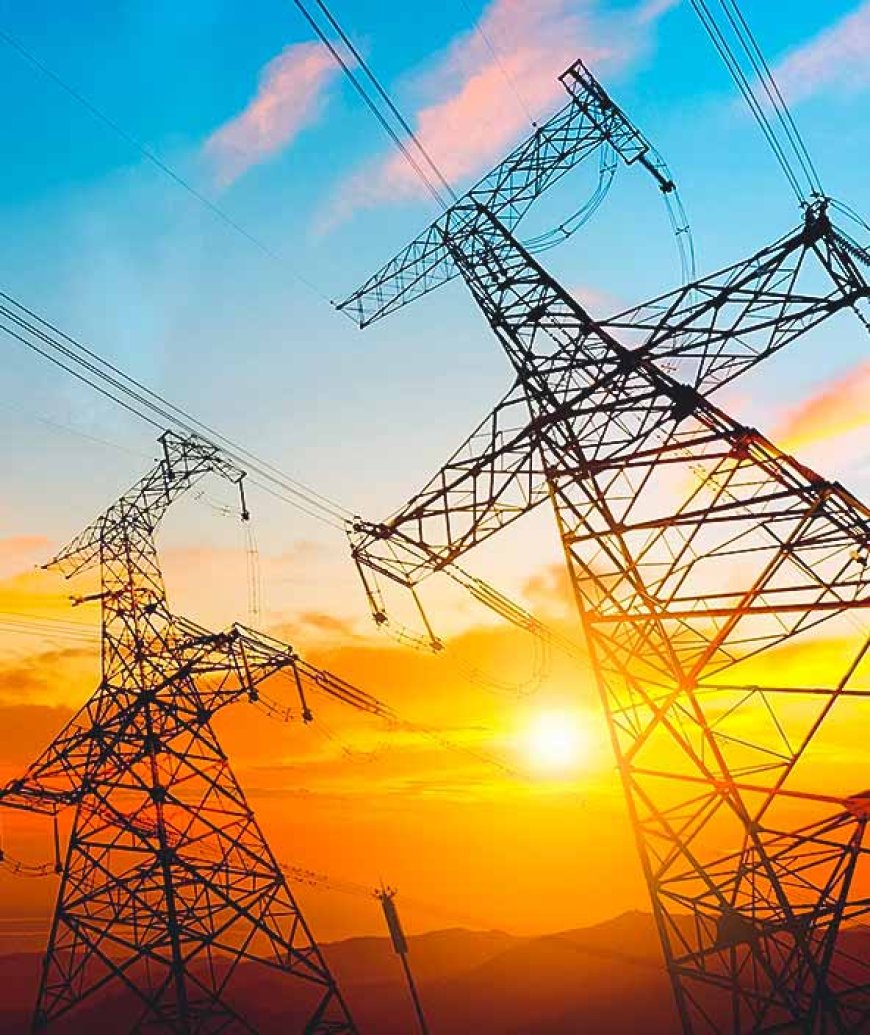Grid overhaul on horizon: South Africa to unlock private investment with bold reforms.
Grid overhaul on horizon: South Africa to unlock private investment with bold reforms.

South Africa is poised for a major transformation in electricity transmission, with a mix of private sector entry, regulatory reforms and even land expropriation aimed at tackling long-standing bottlenecks. Earlier this month, National Treasury confirmed that private participation in transmission will officially launch in 2026, marking a pivotal move to accelerate line construction and reduce reliance on state funding.
The South African Cabinet has endorsed an Independent Transmission Programme (ITP) designed to leverage private capital to build and operate new powerlines under build‑operate‑transfer models managed by the NTCSA. Government has also begun detailed preparatory work, including gazetting draft Transmission Infrastructure Regulations and issuing a Request for Qualification in July 2025 – to be followed by Requests for Proposals by November 2025.
A new Credit Guarantee Vehicle (CGV), backed by the World Bank and Just Energy Transition Partnership, is due in early 2026 to de-risk investments. However, officials concede that private investment alone won’t solve all challenges.
Minister Ramokgopa has floated the controversial option of expropriating land to secure alignment of corridors for the extensive new grid – some 14,000 km of 275 kV, 400 kV and 765 kV high-voltage lines are planned in the decade ahead. Parliament was also briefed on plans that will unock over 3000 MW of new generation capacity in the Eastern, Western and Northern Cape by easing grid access through wind power curtailment of up to 10%.
Lawmakers were also shown initial tenders and milestones, signalling serious intent to roll out the first independent transmission projects. If executed with precision, these reforms could remove one of the biggest impediments to expanding new generation capacity, strengthen energy security and stimulate local industry. But successful implementation will require navigating infrastructure financing, land rights and clear regulatory frameworks – before the current grid constraints and transmission bottlenecks can be said to have been meaningfully resolved.
Source: EE Business Intelligence

 Francis
Francis 





